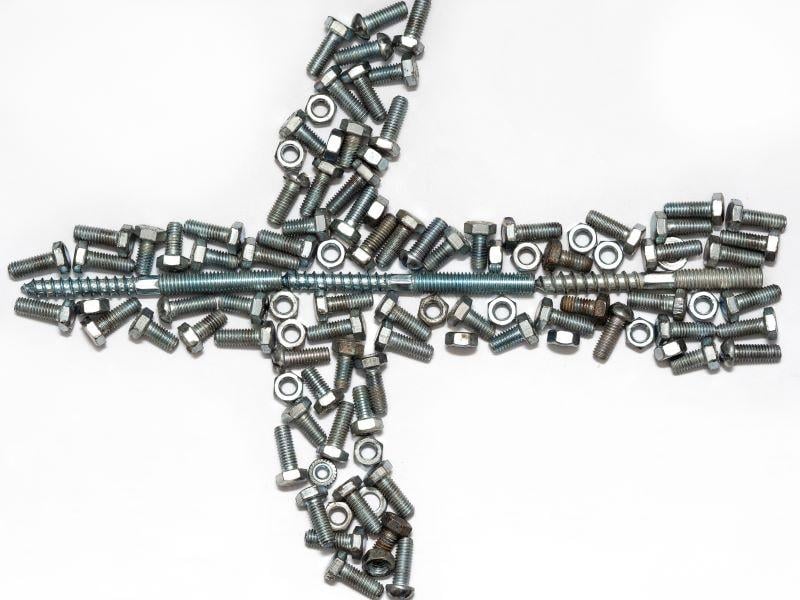Daily Memo: Adapting To The New Normal In Aerospace And Defense Pricing

Credit: Getty Images
Call it the pony-up period, or maybe the ante-in-for-income. Whatever way one refers to it, prices are rising in aerospace and defense, but few are turning away because of it. It is a Goldilocks moment—acceptable price increases that are also slowing—and represents further good news for industry and...
Subscription Required
This content requires a subscription to one of the Aviation Week Intelligence Network (AWIN) bundles.
Schedule a demo today to find out how you can access this content and similar content related to your area of the global aviation industry.
Already an AWIN subscriber? Login
Did you know? Aviation Week has won top honors multiple times in the Jesse H. Neal National Business Journalism Awards, the business-to-business media equivalent of the Pulitzer Prizes.





